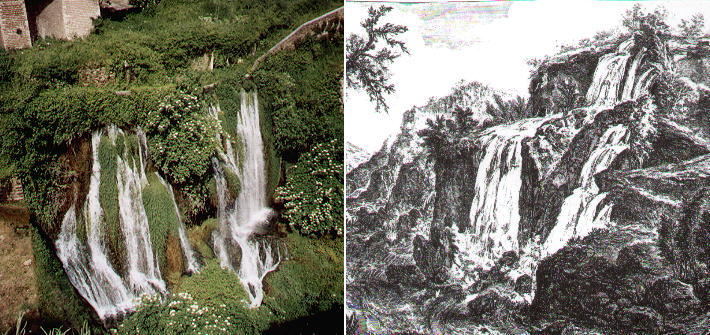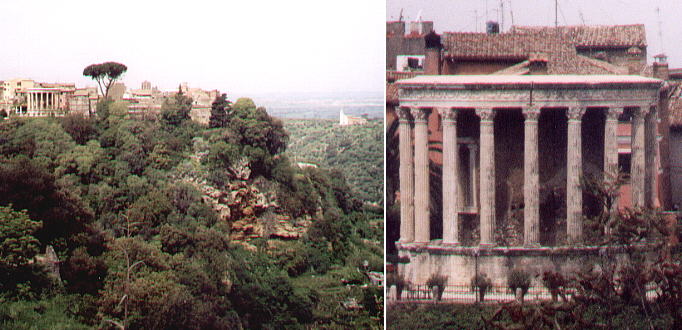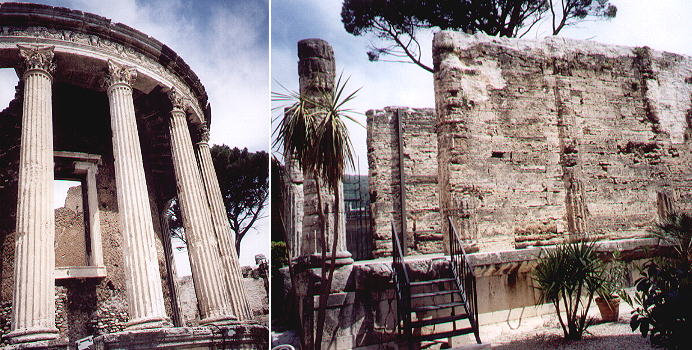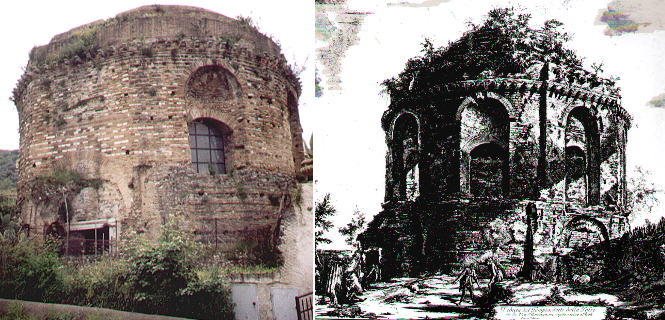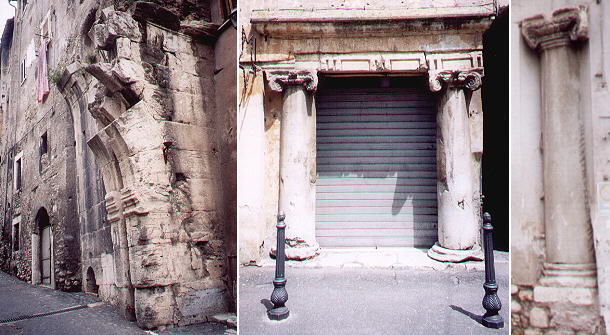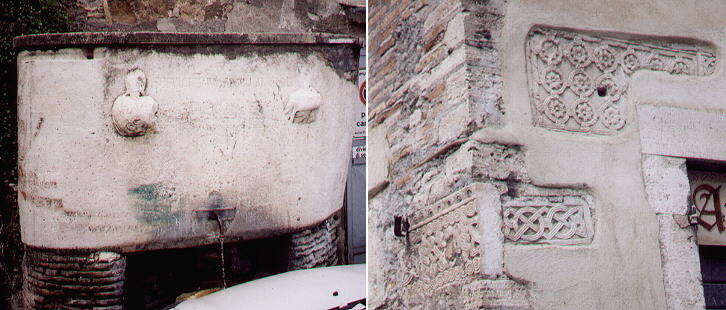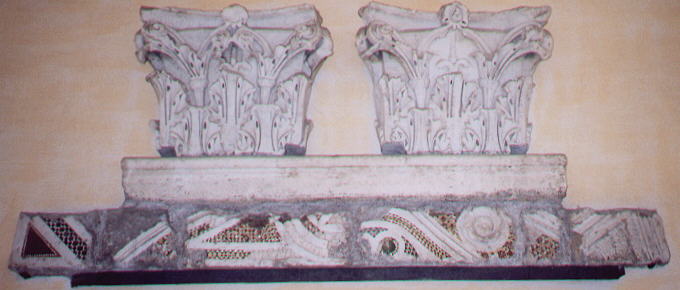  Giuseppe Vasi's Digression - Tivoli - part one: the Roman town
Tivoli (in Latin Tibur) is located at the end of the Aniene valley where the river goes through a gorge and it forms a series
of cascades. These cascades were exploited since ancient times as motive power for mills and they contributed
to the development of Tivoli as an industrial district.
Occasionally, because the gorge was so narrow, it obstructed the flow of the river and Tivoli was flooded. In the 1830s Pope Gregorius XVI promoted the digging of a tunnel which created a new large waterfall outside Tivoli. The new cascade and other engineering works of the XXth century dried up some of the cascades, but the remaining ones, now included in a park, explain why Tivoli was so popular among XVIIIth century travellers.
Giuseppe Vasi and Giovanni Battista Piranesi printed and sold their views of Rome in the same period, but they catered for slightly different customers. Vasi started first and with some approximation we can say he targeted a Roman Catholic customer with a large number of views dedicated to churches, monasteries and other religious buildings; besides the text accompanying his prints provided a lot of information about religious orders, lives of the martyrs, parishes, etc.. Giovan Battista Piranesi targeted a non-Catholic customer and many of his views were dedicated to monuments of Ancient Rome: he was particularly fond of Tivoli and of its Tempio di Vesta, a circular temple converted into a church (Santa Maria della Rotonda, the same name given to the Pantheon), which stands on a precipice and inspired many painters. The image used as a background of this page shows a detail of an etching by G. B. Piranesi.
The ten surviving Corinthian columns of Tempio di Vesta are very fine and on top of them there is a nice frieze with garlands and bucrania. Next to it (an association which reminds of two similar temples in Rome) there is a rectangular temple (until 1884 Chiesa di S. Giorgio) known as Tempio della Sibilla, although in the past this name was given to the circular temple too.
Tempio della Tosse, most likely a Roman tomb, is located outside Porta del Colle (see next page) near the ruins of a Roman Villa which belonged to Maecenas. It was used as a church, but in the XVIIIth century it was abandoned and Piranesi, who had a penchant for picturesque ruins, dedicated to it one of his etchings. The building still exists and it seems to be kept in the same poor state it was in the XVIIIth century.
The only remaining Roman gate, of which one side is left, is very similar to Porta Tiburtina (or S. Lorenzo), the starting point of the road leading to Tibur. Several buildings of Tivoli made use of columns taken from old temples. In some cases the fixed relationships between the length and the diameter of a column were modified to fit the needs of the new buildings.
Other signs of the Roman town can be found at many points of Tivoli, varying from a sarcophagus turned into a fountain, to reliefs and decorations on the walls of medieval buildings and in the porch of the cathedral, most likely built on the site of a Roman basilica.
Excerpts from Giuseppe Vasi 1761 Itinerary related to this page:
Move to part two. See my Home Page on Baroque Rome or my Home Page on Rome in the footsteps of an XVIIIth century traveller. |
All images © 1999 - 2004 by Roberto Piperno. Write to romapip@quipo.it
